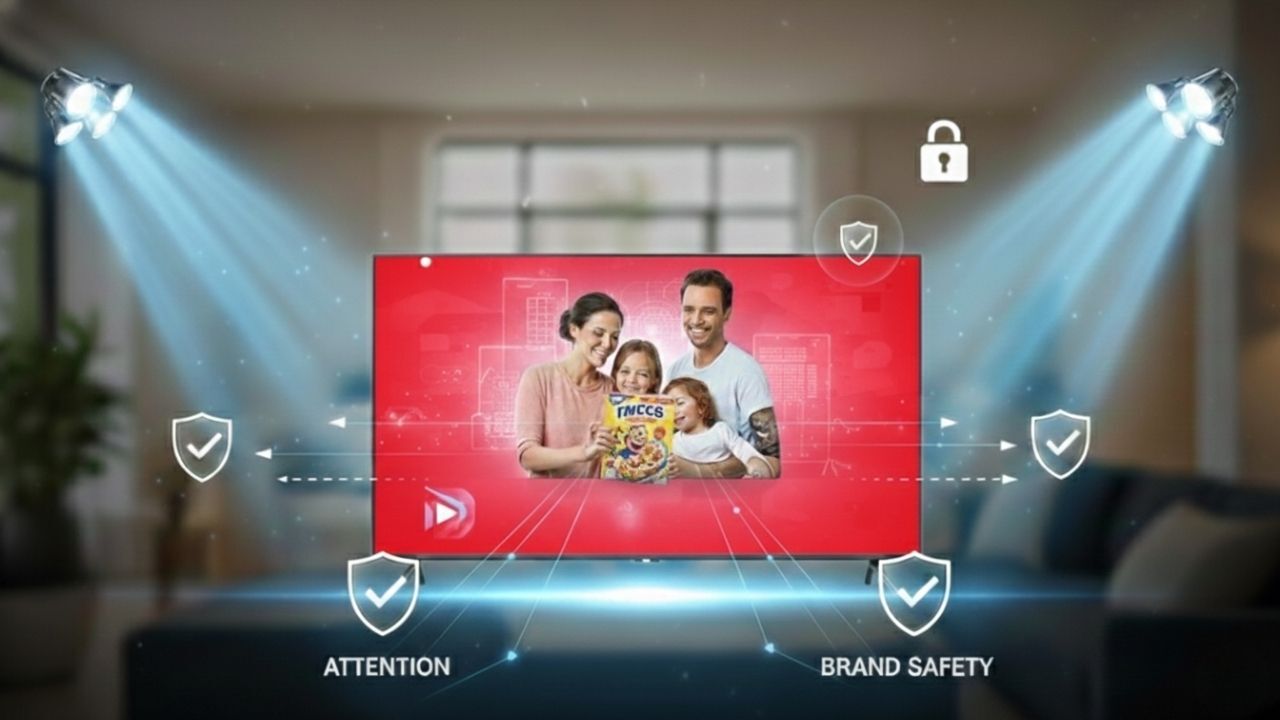Blog
Announcements, analysis and opinions on industry trends around the mobile programmatic world.

Subscribe now, and receive the latest programmatic content directly on your inbox!
Thank you for subscribing to our newsletter
The Covid-19 pandemic halted much of the retail activity in physical stores as people stayed indoors and opted for online shopping. Now, with the vaccines out and the world slowly opening up to the new normal, there is enthusiasm for people to move out again, resuming normal life. This also means a renewed retail activity for retail businesses. Retailers need to start thinking of ways to drive in-store traffic back to their stores in the age when mobile-first is the norm.
This is where proximity marketing or drive-to-store can help. Geofenced or drive-to-store campaigns are those that use the latitude and longitude geolocation provided by the user’s device as targeting criteria and/or to personalize the advertising message. The term “drive-to-store” is reserved for campaigns whose specific purpose is to bring users to a certain physical location, in which case the ability to measure visits of users impacted by the campaign to that location is usually involved.
Here are top 3 reasons why drive-to-store campaigns matter more than ever in the post-covid world:
Bring More People to Stores
Footfall - or visits to a store - measures the number of people entering a shop. That is why you often hear about “measuring footfall” in the context of drive-to-store campaigns, which simply means measuring the number of visits to a store that can be attributed – or directly linked - to the impact of a drive-to-store campaign.
As a mobile ad technology provider, mediasmart can help you target users on the devices they are most hooked to: smartphone, tablets and connected TV and, then, measure the impact of your campaigns in the 'real world'. Our drive-to-store, footfall, measurement solution will measure visits around your physical stores, without any special integrations or set-ups. Our team will help you envision winning strategies, like building and targeting custom audiences of users that frequent your particular competitor’s stores and target them.
Integrate and Sync Offline and Online Efforts
In the age of digital marketing, KPIs are king. We all agree that measuring is key but, how do your impressions and clicks translate into sales in the physical world? How is your mobile marketing affecting your store sales? As smartphones take hold of our day-to-day routines, the border between what's digital and what's not has been blurring for the last decade. By measuring footfall, as a retailer, you can identify what value digital efforts bring to your business overall.
With our technology, the gap between digital and the ‘real’ world becomes a loop, you can bring digital users to your actual establishments and you can enrich your digital campaigns with location data. Notably, using our Audience Insights, brands can also gain a competitive edge to analyze those users who visited a competitor store, those who downloaded their app, as well as those who used the app. To make more informed business decisions, and also target combinations of segments accordingly.
Measure Incrementality, the Real Impact of Your Campaigns
In data-driven advertising, those delivering the best ROI (cost per conversion) get the biggest budgets. Unfortunately, the best-measured ROI is too often delivered by those who manage to attribute a lot of conversions for themselves, not those who provide the highest value. If the KPI to go by is to attribute visits to a campaign, a ‘smart’ player might target the users that are already in the vicinity of your stores, thus counting a lot of attributed visits to the campaign. Is targeting users that were already there bringing your business real value? We don’t believe so. On top of giving you the ability to automatically exclude the areas where conversions are measured in your campaigns (your stores and their surroundings), we came up with a cutting-edge solution: real-time incremental metrics per campaign. Stop wasting your budgets by focusing only on those conversions that are incremental. In order to determine how effective a campaign has been whenever you are measuring footfall, we help brands measure effectiveness with 3 KPIs: Uplift Factor, Exposed % and Incremental Visits %.
Uplift Factor: It represents the likelihood of the visit to your store being driven by your mobile or connected TV campaign. Technically, it compares the conversion rate (% of impressions that result in a visit) of a campaign creative with the conversion rate of a placebo/ghost impressions. Placebo users are not served the campaign creative, but otherwise have exactly the same characteristics as the campaign targeting.
Exposed %: It measures the percentage of visitors observed around the store, restaurant, hotel, etc. that have been previously exposed to the campaign within the attribution window.
Incremental Visits %: It is the most important KPI. It estimates the increase in visits to the store, and the ultimate measure of the “impact” of our campaign. This is the KPI that measures the incremental value you are getting from your campaign by taking the % of measured visits that were exposed to the campaign, and deducting any visits that would have happened independently of your campaign.
How mediasmart’s Technology Helps Increase Impact
As pandemic-related restrictions lift in most parts of the world and retail economies begin to open up, it is the right time to make the most of people’s willingness to go out and invest judiciously in your advertising budgets. Plan the right channels with the right KPIs by eliminating the guesswork from your campaigns.
The idea is to bring more people in a brand new non-confined situation to the stores and we can help you in targeting users on the devices they are mostly absorbed into, with real-time measurement in terms of increased footfall. You can make the most of our technology by integrating as well as syncing online and offline efforts with our audience insights to analyze users who visited your competitor store, downloaded and/or also used your app, etc. You can also measure incrementality and real impact of your campaigns with three major KPIs like uplift, exposed and incremental visits.
Reach out to us for a personalized drive-to-store campaign strategy.
Email us at sales@mediasmart.io
Topics: proximitycampaigns, footfall, drive-to-store, Geolocation, incrementality, incremental metrics, targeting

.png)
